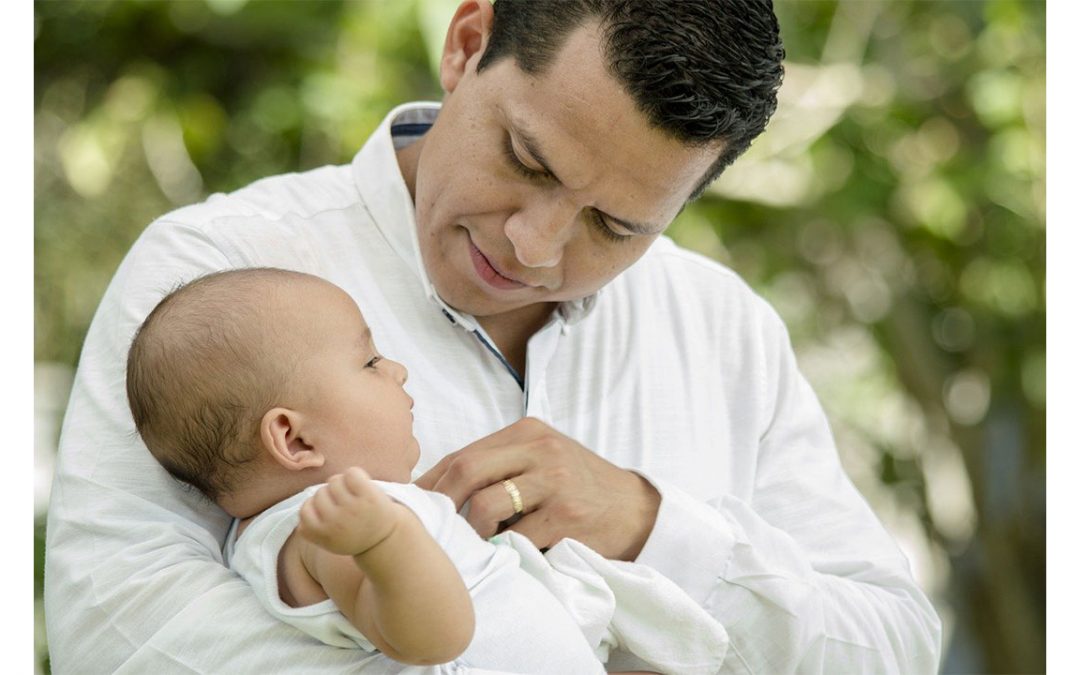Communication and Concept Development
During the earliest stage of communication, children communicate through unintentional behaviors, like crying when hungry. As they grow, their communication becomes more intentional, as they observe, interact, and begin to mimic the behaviors of others.
But children who are deaf-blind typically miss out on these opportunities to learn. They require specific interventions to build communication skills and conceptual understanding.
For example, children who are deaf-blind often struggle to understand that symbols have meaning. The ability to use symbols (e.g., objects, pictures, signs, or words) to represent people, places, and things must be intentionally taught. Intervention helps increase a child’s opportunity to develop pre-symbolic communication skills, and hopefully progress to symbolic communication.
Resources for Teaching Concept Development
- OHOA Modules: Concept Development and Responsive Environments
- Educational Practices: Communication and Concept Development
- Development of Concepts
It’s important to keep in mind that, especially for children with deaf-blinndess, communication is much broader than spoken or signed language. It also includes gestures, movements, facial expressions, and much more. There are a number of processes, technologies, and strategies that can help develop the communication abilities of a child with deaf-blindness. And they will need many opportunities to communicate and to learn different forms of communications.
If you have or know of a child with deaf-blindness, visit the National Center on Deaf-Blindness webpages on Communication Basics and Overview of Communication Methods to learn more.



